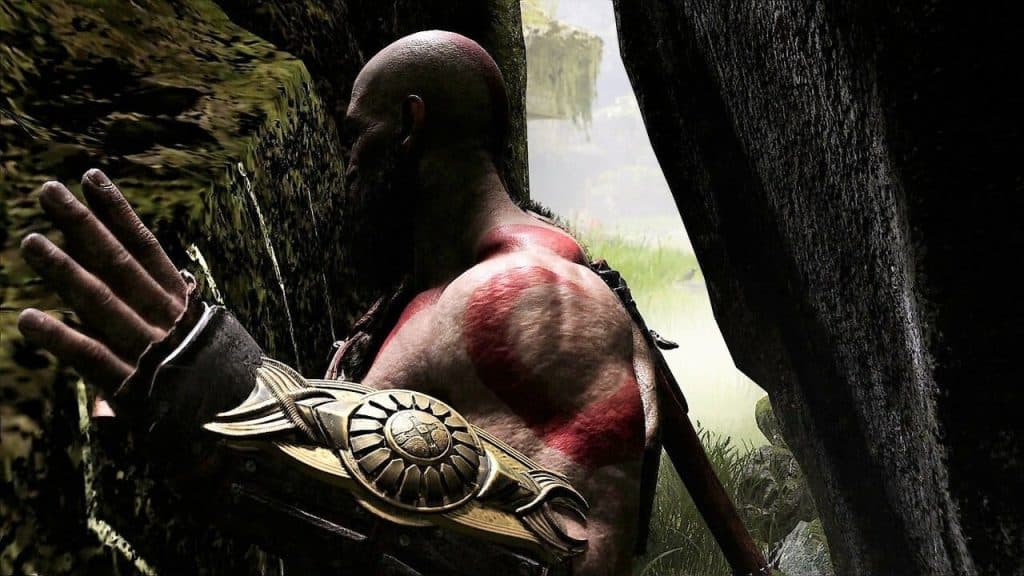God of War Ragnarok: Hidden Loading Screens
God of War Ragnarok uses a unique method to avoid loading screens throughout the entire game. For most games, this would be impossible; God of War, however, hides loading screens while capturing the audience’s attention. But how do they do it?
Game design
God of War Ragnarok uses multiple cinematic scenes and in-game actions to help cover up the loading screen. Before the game’s release on PS5, many believed that the ultra-fast SSD in the console would make masking loading screens redundant.
Sony designed the loading screens in God of War: Ragnarok to seamlessly move from gameplay into cinematic scenes. Their goal was to create a steady story mode that kept players immersed in the game. Similarly, the game loads the next part of the game during the cinematic scene, and you will dive straight back into action with Kratos.

However, this didn’t seem to work, as the developers still had to find ways to hide their screens. It is clearly evident that the game designers of God of War Ragnarok have used “squeeze-throughs” such as climbing walls and short cut-scenes to slip in some loading time.
Kurt Margenau replied in a tweet to a Washington Post games reporter Gene Park explaining how they included these loading scenes.
We used squeeze-throughs to valve the player in to prevent them from going backward, and boosts are for preventing you from leaving the combat space before everyone is dead. Buddy can’t boost if they’re busy shooting.
Kurt Margenau
How do they hide the loading screen?

The God of War Ragnarok developer team uses different types of in-game actions to cover the loading screens. Scenes that would still include Kratos doing something but without you controlling him. These scenes would generally be before you reach a new area or move to another level.
The process of Kratos leaving one area and making his way to another while you watch gives the game time to load to the next level. That’s why making Kratos walk through a crack in a cliffside or killing and reviving him are great for loading screens. The scenes will usually block your field of view.
Examples of Loading Screens
There are a few straightforward examples of when there is clearly a loading screen. One of the most obvious examples is when Kratos has his first fight against Thor. Thor brutally smashes Kratos in the face with Mjolnir, killing Kratos. The screen blacks out with tips on it, and in the background, you hear Thor say he isn’t done with Kratos yet and then revive him.
Another example is the squeeze-through mentioned earlier. Kratos will complete a challenge in a closed-off area and need to squeeze through a small gap to get to the next area. As he moves through the small crack, the next area loads. This is really an effective way to keep the gameplay fluid and is used in many other games.








